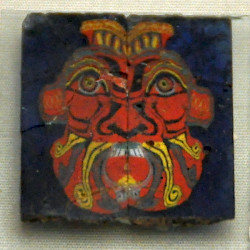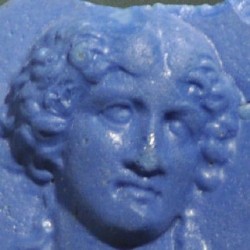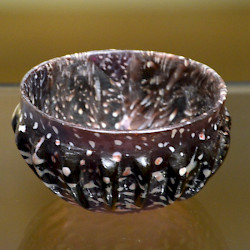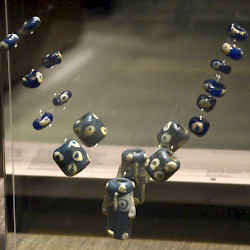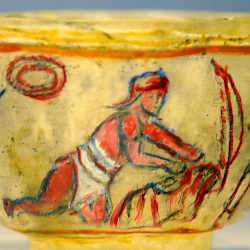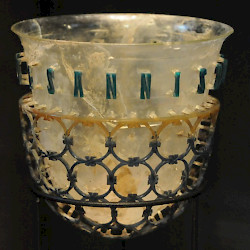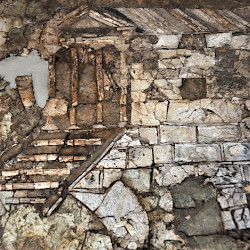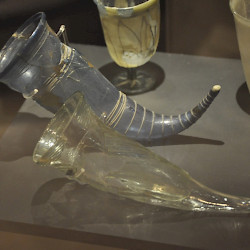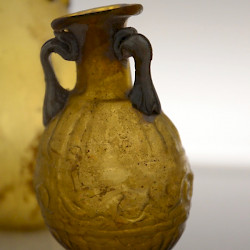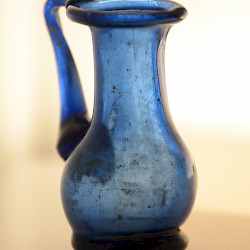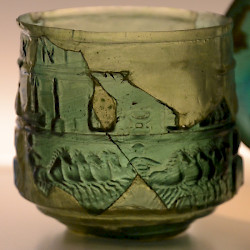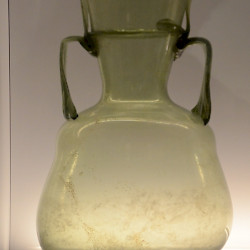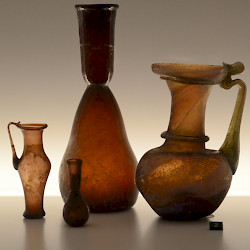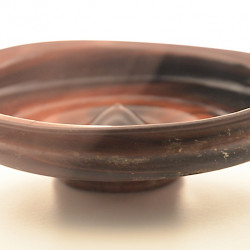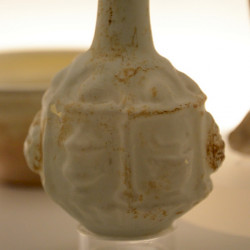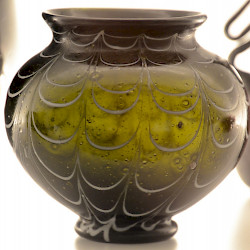Glass
Glass: a hard, brittle substance made by fusing silica sand with soda. In Antiquity, it was used to make drinking containers, jewelry, amulets, small windows, and other articles.
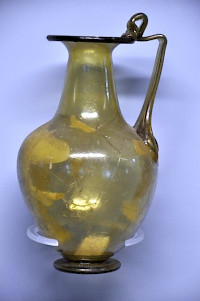
Glass is a mixture of 70% silica, which can be found in ordinary sand, and 25% soda ash, which can be extracted from plants. The latter ingredient is added to lower the melting point of the silica from almost 2000°C to 1200°C, making it easier to work with. Because it also makes the glass soluble, glass makers add 5% calcium oxide (from lime or shells), which makes the glass harder again and is why we can drink water from a bottle.
Glass was invented in about 2500 BCE in Egypt and Mesopotamia, probably as a by-product of the production of faience. Its natural color is blue-greenish, but impure ingredients can make it more blue or yellow. Deep blue glass was found in the Uluburun wreck (late fourteenth century BCE).
The first real glass objects were made in Eighteenth Dynasty Egypt, especially during the reign of king Thutmose III (r.1479-1425): small bottles, made by first modeling organic material around a rod, then rolling melted glass around the model, adding decoration, cooling it, and finally removing the organic material.
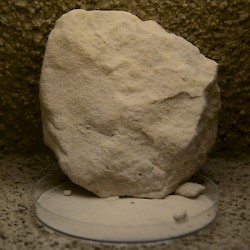 Glass sand |
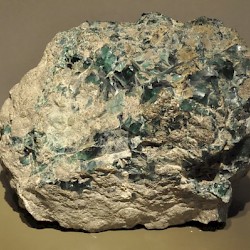 A big lump, containing some inhomogenuous pieces of ancient glass |
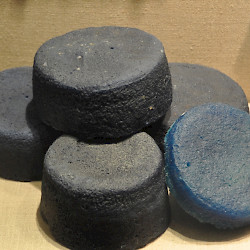 Uluburun wreck, Glass ingots |
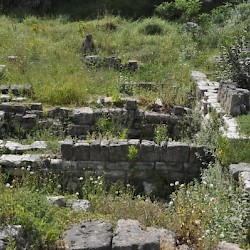 Tyre, City, Glass furnaces |
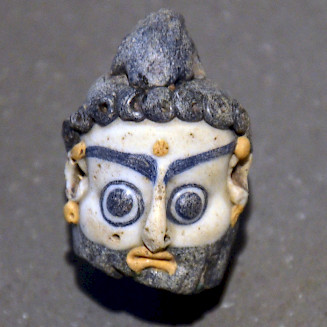
The first experiments with color took place in Egypt as well. It was not uncommon to add little lines in different colors, imitating alabaster. Adding lead oxide makes the glass more reflecting, so that it could be used in mirrors.
After c.1000 BCE, a second production center arose: the Phoenician cities of Sidon and Tyre started to produce glass, and the glass makers discovered that they could make glass more transparent by adding antimony. In the first century BCE, the Phoenicians invented the blow pipe, which made it easier to operate the furnaces. (The oldest known atelier is Jerusalem, mid-first century BCE.)
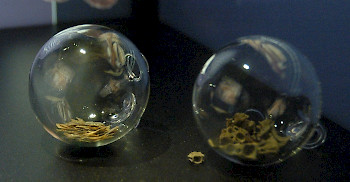
A third production center was Italy, where glass-blowing became popular and from where glass, now a relatively cheap product, started to replace Samian ware (terra sigillata) as the most important luxury ceramics and spread all over the ancient world, as far as Bactria and China. The price of normal, undecorated glassware was determined by the weight of the object; decorated glassware was of course more expensive. Nice examples are millefiori glassware and the type of goblet known as a vasa diatreta.
During the reign of the emperor Nero (r.54-68 CE), the use of transparent glass, made by adding antimony, became much more popular, replacing the blue and purple glass that had until then been very much en vogue. Although the ancients learned how to make small, transparent glass panes for windows, they remained a rarity. Selenite was an alternative.
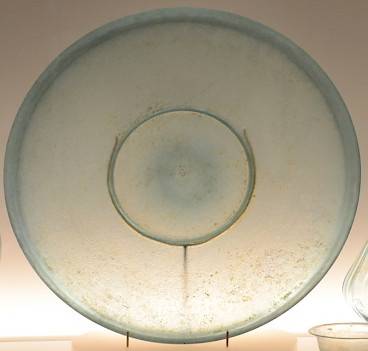
Glass was much appreciated because it could have many colors. As indicated above, impure ingredients could turn the product, which is very light green or blue, more yellowish or blueish. Glass makers discovered new colors. For example, amber was produced by adding sulfur and iron; blue was made by adding cobalt; small amounts of lead and copper made glass red, while antimony could make it white; purple was created with manganese. Green glass was created by adding either copper and either lead or iron, and the intensity could be regulated by adding oxygen. What is called "black" is in fact mica or very dark green, purple, or brown glass.
